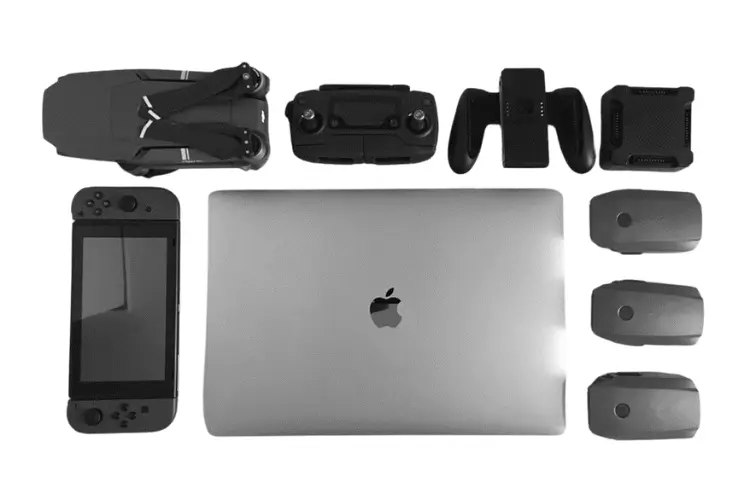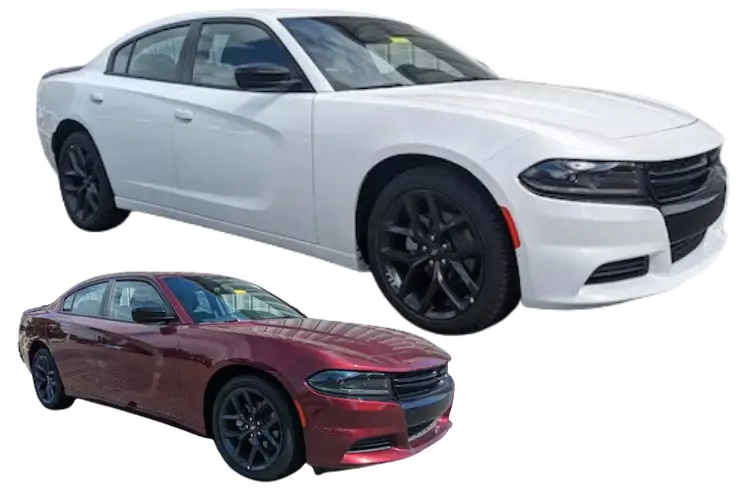Shopping for pre-owned items can be both economical and environmentally friendly. As people seek ways to save money while still acquiring quality products, the market for secondhand goods continues to grow. By choosing affordable pre-owned items, shoppers can enjoy significant savings without sacrificing quality or style.
Confidence in purchasing pre-owned products stems from knowing what to look for and how to assess value. With the right tips, buyers can navigate thrift stores, online marketplaces, and garage sales effectively. Armed with knowledge, they can avoid common pitfalls and find high-quality items at a fraction of the original price.
Many sellers offer guarantees or return policies, which further enhance the buying experience. This means consumers can shop with peace of mind, knowing that they have options if a purchase does not meet their expectations. By embracing the pre-owned market, shoppers contribute to sustainability while finding exceptional deals.
Discovering Quality Pre-Owned Items
Finding quality pre-owned items requires a careful approach. Identifying the best deals while understanding the condition of items can lead to successful purchases.
Spotting the Best Deals
To spot the best deals on pre-owned items, consider multiple sources. These may include online marketplaces, thrift stores, and estate sales. Checking various platforms ensures a broader selection.
Price comparison is essential. Use apps or websites that track price fluctuations. This helps determine whether an item is actually a good deal.
Pay attention to timing. Many sellers discount items at certain times of the year, such as during spring cleaning or after holidays.
Always ask questions before purchasing. Inquire about the item’s history and reason for selling. This can provide insight into the item’s condition and value.
Understanding Item Conditions
Understanding item conditions is crucial when purchasing pre-owned goods. Items may fall into several categories, including Like New, Good, Fair, and Needs Repair.
- Like New: Items show little to no signs of wear.
- Good: Items have minor blemishes but function well.
- Fair: Items may have noticeable wear, but still work as intended.
- Needs Repair: Items require fixing before use.
Always check for specifics. Look for scratches, dents, or missing parts that could affect the item’s usability or aesthetic appeal.
Detailed descriptions and images are valuable. They offer insight into potential issues before committing to a purchase.
Inquire about warranties or return policies when possible. This adds an extra layer of security to the buying process.
Safeguarding Your Purchase
Ensuring a secure transaction when buying pre-owned items is crucial. Adopting effective payment protection strategies and verifying vendors can significantly reduce risks associated with online purchases.
Payment Protection Strategies
Utilizing secure payment methods is essential for safeguarding purchases. Options such as credit cards and reputable payment services like PayPal offer built-in buyer protection.
Buyers should always look for transaction confirmations and detailed receipts. Additionally, avoid using methods like wire transfers or prepaid debit cards since they lack buyer protection.
Review the seller’s return policy carefully before making a purchase. A clear return policy provides assurance that if the item does not meet expectations, returning it is a viable option.
Vendor Verification Methods
Confirming a seller’s credibility is key to a successful pre-owned purchase. Start by checking customer reviews on reliable platforms. Positive reviews can indicate a trustworthy vendor.
Utilizing social media and forums can provide insights into a vendor’s reputation. Look for any feedback or complaints that might highlight potential issues.
In addition, verify that the seller has a clear contact method. Having an accessible way to communicate can enhance trust, ensuring quick resolution if any problems arise.
Finding affordable pre-owned items requires an understanding of the various online platforms available. Knowledge about marketplace options and how to use user reviews effectively can enhance the shopping experience and build confidence in purchases.
Comparing Marketplaces
Several online marketplaces cater to pre-owned items, each with distinct features. Popular platforms include eBay, Poshmark, and Facebook Marketplace.
- eBay offers a broad range of products, often including auctions that can yield excellent deals.
- Poshmark specializes in clothing and accessories, providing a community-oriented experience. Sellers can build their brand and buyers can negotiate prices.
- Facebook Marketplace allows local transactions, making it easier to inspect items before purchasing.
When comparing these platforms, consider factors such as fees, shipping costs, and seller reliability. Each marketplace has unique strengths, and selecting the right one can significantly impact the shopping experience.
Utilizing User Reviews
User reviews play a crucial role in online shopping for pre-owned items. They provide insights into product quality and seller reliability.
- Look for items with high ratings and many reviews, as they are often more trustworthy.
- Pay attention to comments regarding shipping speed, item condition, and seller communication.
It can be helpful to filter reviews by those marked as “Most Helpful” to quickly assess the general consensus.
Additionally, check for photos in reviews, as they can offer a realistic view of the item’s condition. Emphasizing honest feedback helps buyers make informed decisions and minimizes the risk of dissatisfaction.
Ensuring a Sustainable Choice
Choosing pre-owned items significantly impacts sustainability. By opting for second-hand products, individuals help minimize waste and support environmentally friendly practices. This section highlights the benefits associated with pre-owned shopping and its role in fostering a circular economy.
Benefits of Pre-Owned Shopping
Shopping for pre-owned items provides various advantages beyond financial savings. First, it reduces environmental impact. Purchasing used goods means less demand for new production, which often consumes resources and generates waste.
Second, it promotes resource conservation. By extending the life cycle of products, consumers actively participate in reducing the strain on natural resources.
Additionally, pre-owned shopping often yields unique items that may not be available in mainstream retail, allowing individuals to express their personal style while being eco-conscious.
Contributing to a Circular Economy
Pre-owned shopping is a key element in establishing a circular economy—a system where resource use is minimized.
This approach encourages reusing and recycling, creating a sustainable loop that keeps products in circulation and out of landfills.
When individuals buy second-hand items, they not only reduce their carbon footprint but also help sustain local businesses and support thrift stores.
Supporting such initiatives fosters job creation and community development, contributing to a resilient economy.




